Methamphetamine, also known as meth, is a drug that’s more dangerous and addictive than many people realize. Despite its dangers, not everyone knows what meth looks like or understands its risks. Our world has come a long way in how we view drug addiction. It used to be seen as a moral failing, but now we recognize it as a health issue that needs treatment and understanding.
Today, we’re going to talk about meth – a drug that’s causing problems across the United States and beyond. According to the Substance Abuse and Mental Health Services Administration (SAMHSA), millions of Americans have used meth, with many struggling with addiction. Meth isn’t just one thing; it comes in different forms and can look very different depending on how it’s made and used.
Understanding meth, its appearance, and the signs of its use is crucial for helping ourselves and our loved ones stay safe. We’ll dive into what meth is, the different forms it takes, and how to spot them. We’ll also discuss the dangers of trying to identify meth through smell or taste and offer guidance on spotting the signs of meth use. Finally, we’ll talk about the steps toward meth treatment and recovery for those affected by meth addiction.
Let’s start by learning more about what meth really is and why it’s such a concern.
What is Meth?
Methamphetamine, commonly referred to as meth, is known by several street names like crystal, ice, and speed. It’s a potent central nervous system stimulant with limited medical use, mainly prescribed for conditions like ADHD and obesity under strict regulations due to its high potential for abuse. Classified as a Schedule II controlled substance in the U.S., meth has a significant potential for dependency and addiction.
The allure of meth lies in its ability to flood the brain with dopamine, a neurotransmitter associated with pleasure and reward, leading to the highly addictive nature of the drug. This intense rush or high can trap users in a cycle of addiction from just a single use. The consequences of meth abuse are severe, affecting not only the individual’s health but also their social and personal life. Recognizing and addressing meth use is crucial due to its profound and often devastating impact.
What Does Meth Look Like?
Understanding what methamphetamine looks like is crucial in identifying its presence and addressing its use. Meth comes in several forms, each with its own distinct appearance, which can vary depending on how it’s manufactured and the additives mixed with it. Here, we’ll explore the main forms of meth you might encounter, shedding light on their physical characteristics to better equip you with the knowledge to recognize them.
Crystal Meth
Crystal meth is the form most commonly depicted in media and the one many people think of first. It resembles shiny, bluish-white rocks or glass fragments and is often used by smoking. This form is known for its high potency and the intense rush it provides. Its crystalline, glittering appearance is why it’s sometimes referred to as “ice” or “glass.”
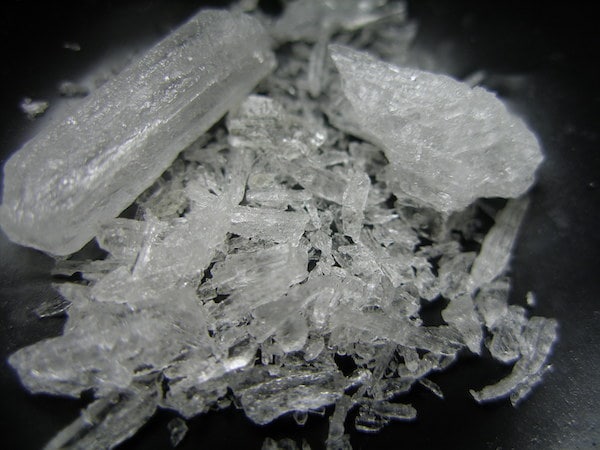
Powder Meth
Powder meth is another prevalent form, appearing as a fine, white, or off-white powder that can easily be mistaken for other substances like flour or powdered sugar. Due to its powder form, it’s versatile in how it can be consumed, including snorting, swallowing, injecting (when dissolved), or even smoking. The color can vary to include shades of yellow, pink, or light brown depending on the purity and the chemicals used in its production.
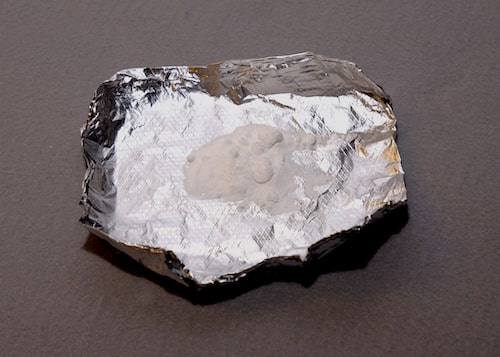
Pill Form
Meth in pill form, often called “yaba” in some regions, is less common but still poses a significant risk. These pills can range in color and are sometimes used medicinally for conditions like ADHD, though they are more often abused for their stimulant effects. The pills might be ingested or crushed and snorted by users seeking a quick high.
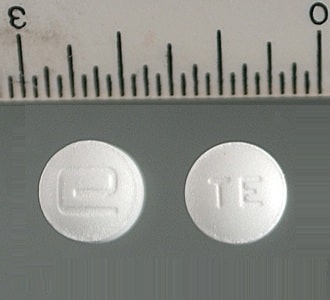
Base Meth
Base meth is a less frequently encountered form, characterized by its waxy, oily, or pasty texture. This form is more potent than powder meth and varies in color from white to brown. It’s primarily smoked or injected, offering a fast and powerful effect.
Identifying Meth By Taste & Smell
When discussing how to identify methamphetamine by its smell and taste, it’s crucial to emphasize the significant risks involved in directly interacting with the substance. Methamphetamine is manufactured using a variety of toxic chemicals, and exposure to these substances can be harmful to your health. Therefore, we strongly advise against attempting to smell or taste meth as a means of identification. This section is provided purely for educational purposes, aiming to broaden understanding rather than encourage direct contact with potentially dangerous drugs.
The Smell of Meth
Pure methamphetamine itself is odorless, making it difficult to detect by smell alone. However, the process of manufacturing meth often involves volatile and noxious chemicals, which can leave a strong residual odor on the final product. Meth can sometimes emit an ammonia-like smell, reminiscent of cat urine or cleaning products, due to the chemicals used in its synthesis. Other times, it might have an acrid, solvent-like scent, similar to nail polish remover or paint thinner. These smells are not from the meth itself but from the substances mixed with it during its illegal production.
The Taste of Meth
As for the taste of meth, it’s reported to be bitterly chemical, with a lingering unpleasantness that is hard to ignore. Descriptions often include comparisons to the taste of burnt plastic or metallic bitterness, which is a direct reflection of the chemical composition of the drug. Like with its smell, the taste of meth is influenced by the myriad of hazardous substances used in its clandestine manufacture.
It’s important to remember that methamphetamine’s chemical makeup can be incredibly harmful, and any attempt to identify it through taste could result in poisoning or the absorption of dangerous substances into your body. Our focus on these sensory characteristics is meant to provide a comprehensive view of meth’s properties, not to encourage personal investigation. If you encounter a substance you suspect to be meth, the safest course of action is to contact the appropriate authorities or professionals who are equipped to handle such materials safely.
Items Commonly Used with Meth
Identifying meth use isn’t just about recognizing the drug itself; it’s also about noticing the paraphernalia and other items that often accompany its consumption. These objects can be indicators of meth use and are important to recognize for anyone concerned about a loved one or acquaintance. Here, we detail some common items associated with meth use, providing insight into what to look for.
Glass Pipes
One of the most telltale signs of meth use is the presence of glass pipes. These pipes, sometimes called “bowls,” are used for smoking crystal meth, allowing the user to heat and vaporize the substance to inhale its smoke. They can vary in size and design but often feature a bulbous end where the meth is placed.
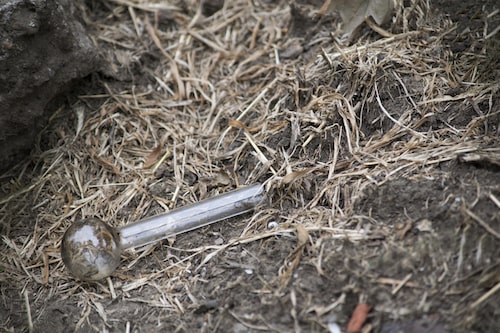
Foil and Burnt Spoons
Meth can also be consumed by heating it on a piece of aluminum foil and inhaling the vapors, a method known as “chasing the dragon.” Similarly, spoons with burn marks may be used to melt meth before injection, making these items indicative of meth use.
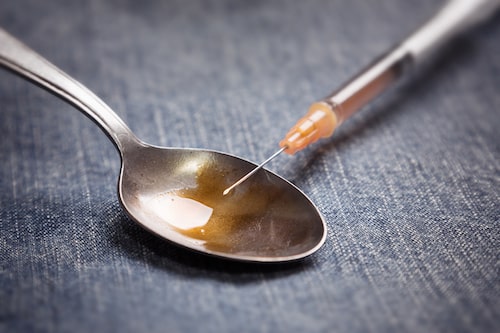
Syringes and Needles
For those who inject meth, syringes and needles are common tools. Finding these items, especially when accompanied by other drug paraphernalia, can indicate meth use. Injection marks or “track marks” on the skin are also signs of intravenous drug use.
Straws or Hollowed Pens
Meth powder can be snorted, requiring a tube or straw-like object to inhale the substance into the nose. Hollowed-out pens, cut straws, or rolled pieces of paper are often used for this purpose and can be a red flag for meth use.
Baggage or Wrapping
Meth is often stored in small plastic bags, balloons, or pieces of cling wrap. Finding these containers, especially with residue that looks like small crystals or powder, can be an indicator of meth possession or use.
Digital Scales
Given the importance of dosage for users, digital scales are sometimes found among the possessions of those who use meth regularly. These scales are used to measure precise amounts of the drug for consumption.
Identifying Meth Use
Identifying someone who may be using meth isn’t just about recognizing the substance or the items associated with its use; it’s also crucial to be aware of the physical signs exhibited by individuals. These signs can be stark indicators of meth abuse and understanding them can be vital in recognizing when someone might need help. Here’s a concise list of physical signs to look out for:
- Dilated Pupils: A common reaction to stimulant use, including meth.
- Rapid Weight Loss: Meth can significantly decrease appetite, leading to sudden weight loss.
- Dental Problems: Often referred to as “meth mouth,” users can experience severe dental decay.
- Skin Sores: Users may have open sores or infections from picking at their skin.
- Excessive Sweating: Meth increases the body’s temperature and heart rate, leading to sweating.
- Erratic Sleeping Patterns: Users often go through cycles of insomnia followed by excessive sleeping.
- Burn Marks on Lips or Fingers: These can result from smoking meth with glass pipes.
Recognizing these physical signs can be a first step in identifying meth use and potentially guiding someone towards getting the help they need.
Getting Treatment for Meth Use
As we conclude our guide on identifying methamphetamine use, it’s important to remember that recognizing the signs—whether through the substance itself, associated items, or physical indicators—is just the beginning. The next, and perhaps most crucial step, is seeking help. If you suspect that someone you know is struggling with meth use, understanding and support are key.
At Recovery Services of Connecticut, we understand the complexities of addiction and the challenges that come with taking the first steps towards recovery. Our team is dedicated to providing compassionate, personalized care to support individuals on their journey to health and wellness. If you or someone you care about is facing the challenges of methamphetamine use, we’re here to help.
Reaching out for help can feel daunting, but it’s a critical step towards recovery. Our experienced professionals are equipped to offer the support and treatment needed to overcome addiction. From the initial assessment to tailored treatment plans, we’re committed to walking alongside our clients every step of the way.
Don’t let methamphetamine control your life or the life of someone you love. Contact Recovery Services of Connecticut today, and let us help you begin the journey to recovery. Together, we can work towards a brighter, healthier future.

